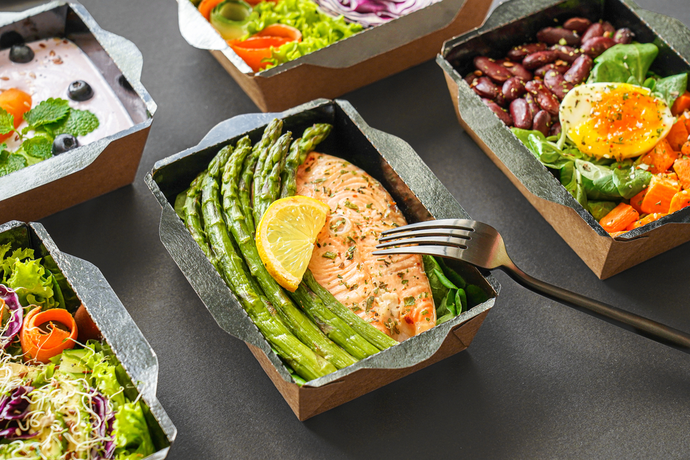
Congratulations on making your way through the first two phases of the Low FODMAP Diet!
During this third and final phase, you have the opportunity to apply what you’ve learned to create a liberalized and personalized dietary approach to manage your GI symptoms long-term and meet your unique nutritional needs. This final phase allows you to adopt a sustainable way of eating with the least amount of dietary restrictions possible.
During the Personalization phase, the focus becomes expanding dietary intake, allowing you to enjoy a wider variety of foods and maintain a more nutritionally balanced diet for the long-term, while still managing your GI symptoms.
Here are some pointers that may assist you in navigating the Personalization Phase:
You may be very excited to resume enjoying many of the high FODMAP foods you have been replacing in your diet. While you may feel eager to consume these foods without considering frequency and quantity, approaching this phase with a plan can help to improve your success.
The ideal implementation of the Personalization phase varies for each individual. Work with your RD to determine which method may work best for you. Here are some examples of how you may consider approaching this phase:
- Ease each FODMAP subgroup that you tolerated well during Reintroduction back into your diet one at a time. For example, include one serving every other day of a given subgroup for one week, and then move onto the next subgroup. Easing each subgroup slowly and individually will allow time for your body to reacclimate to these foods, and for you to more easily identify the cause of GI symptoms should any occur.
- Include one to two servings of high FODMAP foods from well-tolerated subgroups per day, slowly increasing your intake as desired and tolerated.
- Eat freely, but be sure to continue to keep a detailed food/symptom journal (for at least the first few weeks, or as otherwise directed by your RD), and highlight the high FODMAP foods from the subgroups well-tolerated that you are consuming. That way, you are aware of what you’re consuming and if/when symptoms were experienced. Be aware of combining two or more FODMAP subgroups and if symptoms were experienced. Adjust your intake as needed to allow for as much variety as possible while still maintaining adequate symptom control.
Other Tips to Consider:
- If you struggle tolerating foods that contain the GOS subgroup such as beans or lentils, you may want to consider taking an alpha-galactosidase enzyme with these foods to lessen your symptoms. This enzyme is available over-the-counter at most pharmacies (caution: the most well known brand of alpha-galactosidase, Beano™, contains mannitol, a FODMAP. If you are sensitive to mannitol, select a different brand, such as Bean-zyme™ that does not contain this FODMAP).
- Lactase, the enzyme required to break down lactose, is produced in the body on an as needed basis. This means that you may better tolerate small amounts of lactose throughout the day compared to one very large serving of a lactose-containing food. If you do not tolerate lactose, lactase enzymes are also available over-the-counter and may assist you in better tolerating this FODMAP.
- Ask your RD for more information about these enzymes and whether they may be a suitable option for you.
- Remember, it is possible that over time your tolerance to FODMAPs may change. For this reason, it is recommended that you rechallenge any FODMAP subgroups that you do not currently tolerate well periodically. You may eventually be able to tolerate them! Similarly, it is possible for you to become more sensitive to FODMAP subgroups you currently tolerate well. If you experience an unexplained flare in symptoms in the future you may want to consider going back to Phase 1 of the Low FODMAP Diet and working through the diet again to better understand how your tolerances have changed.
